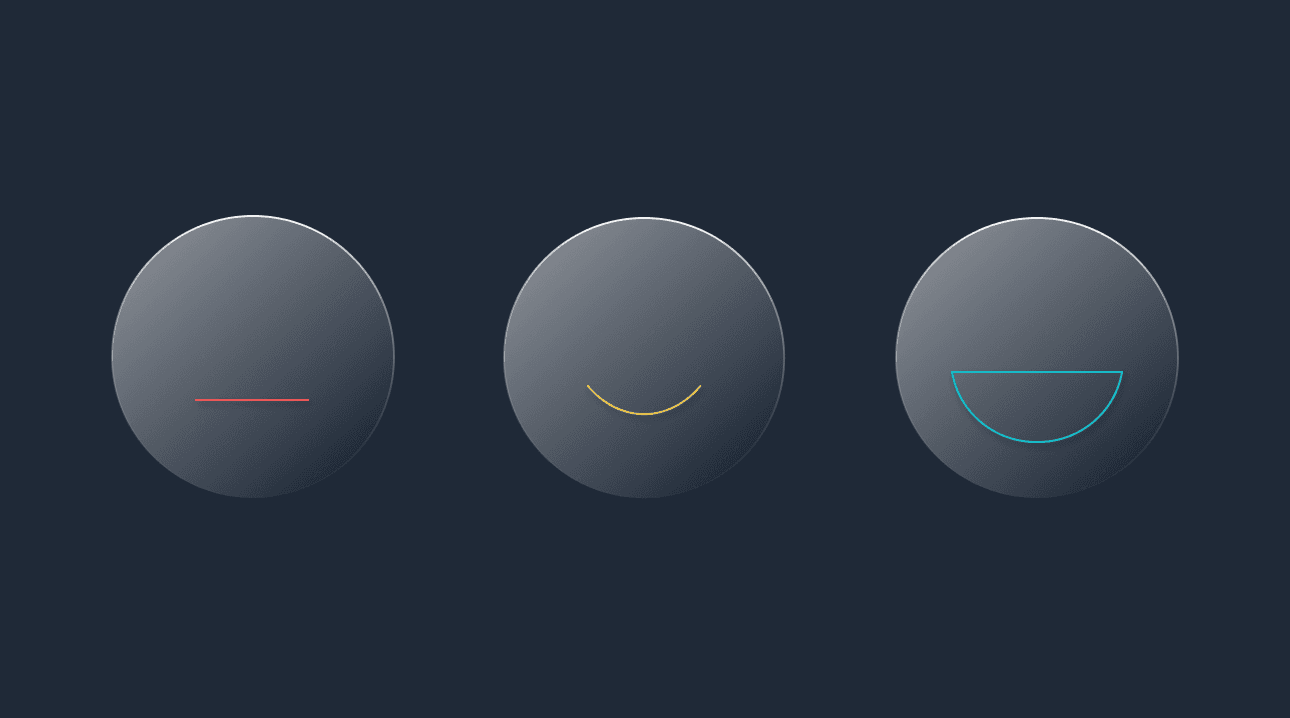TL;DR The Voice of the Customer (VoC) captures customer feedback, preferences, and expectations, which is crucial in driving product innovation and customer satisfaction. A Voice of the Customer program involves systematically collecting, analyzing, and acting on customer feedback through various methods, including diverse surveys like CSAT and NPS, and utilizing feedback portals like Productlane and social listening platforms. Effective VoC practices include proactively collecting feedback, ensuring cross-functional involvement, maintaining an ongoing feedback process, and fostering customer transparency. Voice of the Customer is essential for aligning products with customer expectations and feedback, enhancing customer loyalty, and achieving competitive advantage.
The Voice of the Customer (VoC) is the process of collecting customer feedback about your product and then turning that feedback into actionable insights. Listening to the Voice of the Customer is crucial if you want to increase customer loyalty and improve your bottom line. In this guide, we'll explain what the Voice of the Customer is and why it's important, then go through some best practices for creating Voice of the Customer programs that help you gain valuable insights into customer experience.
Introduction to the Voice of the Customer (VoC)
What is the Voice of the Customer?
The Voice of the Customer (VoC) encompasses your customer feedback, preferences, needs, and desires regarding your products or services along the customer journey. It represents direct input about customer experiences, which helps you to close the gap between their expectations and their actual experiences.
VoC is really about collecting customer data and using that to improve your customer experience and satisfaction. You can do this by creating an effective VoC program and acting on the feedback you gain to create a customer-centric business.
Why is the Voice of the Customer important?
The Voice of the Customer is important because it helps you to meet your customers' needs. When you listen to the Voice of the Customer and use it to drive product innovation and stay ahead in competitive markets, you ensure that product development aligns with actual customer needs. In turn, this will improve customer satisfaction and loyalty, increasing the chances of long-term business success.
To make the most of VoC you need a structured Voice of the Customer process. Building a VoC Program will help you spot gaps in your product offering and see where you need to make improvements to the customer journey.
Building a Voice of the Customer Program
What is a VoC Program?
A VoC Program systematically collects, analyzes, and responds to customer feedback across multiple touchpoints in the customer journey. It integrates the Voice of the Customer into every aspect of the organization, ensuring customer feedback informs decisions.
To create an effective Voice of the Customer Program, you'll need an objective. For example, your objective could be to find out why churn increased for your product in the last quarter, or to understand what the most difficult part of the customer journey is.
Above all, you'll need a tool to collect customer data and feedback, such as Productlane, and a team to conduct the data analysis.
Key Components of a Voice of the Customer Program
To successfully collect VoC data and learn from your customer insights, having all the components of a Voice of the Customer Program is important.
Creating a comprehensive program at the beginning will ensure that it grows as your organization expands. Good Voice of the Customer programs will encompass the entire customer journey to help inform your product development process, customer interactions, and marketing strategies.
Customer Interviews
Customer interviews are a great way to collect customer feedback. They're best used for getting a complete picture of customer sentiment about a specific issue. You can conduct customer interviews in person, over email, or on the phone. With Productlane's call recorder that transcribes your customer interviews, it makes it easy to gather feedback and analyze it before adding it to Linear issues and projects.
Focus groups
Focus groups are usually made up of up to 12 current or potential customers, and usually meet in person. You can ask them to share their opinions and perceptions of your product.
Focus groups are an ideal way of testing new features and concepts to see if they're worth developing. They can also help you prioritize your backlog so you work on the features that matter most to your customers first.
Customer feedback surveys
Surveys are one of the most popular ways of collecting VoC data. Conducting your surveys online is a cost-effective method, but if you don't ask the right questions you might not get useful customer insights.
We'll go into this a bit later, but it's a good idea to use different types of questions, from multiple choice to open-ended questions, so you gain a wide range of qualitative and quantitative data.
Online feedback form
It's crucial to have a feedback form on your website. This way, you'll get customer input as and when they want to share it. Having a dedicated form on your website shows users that you care about hearing customers' opinions at any time, not just when you want to hear it Having the form on your website alone could help increase customer satisfaction.
Live chat
Live chat is perfect for gaining real-time, direct feedback from your customers. You don't just have to use it for customer complaints - it's a useful tool for understanding customer needs and helping improve customer experience.
You could schedule a follow-up survey with all customers who use your live chat function to help you collect more VoC data, but with a tool like Productlane,you can integrate with Intercom to add conversations and import contacts, companies,and segments straight into your issue tracker.
Email
Email is a versatile way of collecting VoC data. You could create highly personalized emails to segments of customers to get their feedback on particular issues or features related to them, or use them to send out feedback surveys to your entire customer base.
You might want to consider offering some kind of reward, such as a voucher or money off their subscription, to incentivize your existing customers to offer their opinions.
Voice of the Customer Surveys
Customer surveys are one of the most popular and effective ways of leveraging VoC data. They help you gain both quantitative and qualitative data to identify trends, prioritize development, and ultimately address customer feedback to improve the customer experience.
Some of the most common VoC surveys include:
Satisfaction (CSAT) Surveys: CSAT surveys measure customer satisfaction with a product or service. Commonly uses rating scales, e.g. 1-10, 1-5, to help quantify customer data. Helpful tools for CSAT are Klaus, Qualtrics, GetFeedback, and SurveyMonkey.
Net Promoter Score (NPS) Surveys: Net Promoter Score surveys ask one question: "How likely are you to recommend our product to a friend or colleague?" Customers give a rating between 0-10, which then categorizes them into Promoters, Passive,s or Detractors. NPS surveys aim to assess customer loyalty and the likelihood of recommending your product.
Customer Effort Score (CES) Surveys: These surveys help you measure the effort customers have to go to to interact with your product or get a resolution to their issue. A good question to ask is "How easy was it to resolve your issue/find what you wanted?"
Exit Surveys: Ideal to gain valuable insights into why users decide to cancel a subscription with your product or service. The key is to find out why they chose to cancel - do they think a competitor is better? Or did they have an unresolved issue? Once you know, you can use this data to improve customer retention.
The Key to Designing Effective Voice of the Customer Surveys:
Ensure questions are clear, concise, and relevant
Include open-ended questions to capture detailed insights
Regularly update surveys to reflect current priorities and challenges
Voice of the Customer Tools
Voice of the Customer tools help you to collect customer data and conduct data analysis quickly and easily. While you could construct a VoC program manually, using VoC tools will make the process faster and improve customer experience quicker too.
Essential VoC Tools:
Feedback Portals: Central hubs for collecting and managing customer feedback. Productlane's feedback portal integrates with a range of feedback sources, including Slack, Hubspot, Zapier, and Raycast.
Social Listening Platforms: Tools like Hootsuite and Brandwatch monitor social media for brand mentions and customer opinions, helping you to turn them into actionable insights.
Analytics Software: Provides insights into customer behavior and preferences. Software like HotJar and Glassbox show you where users run into problems with your product or website so you can rectify them before they become a bigger issue.
Voice of the Customer Methodology
Now you know what Voice of the Customer is and what the key elements of VoC programs are, the next step is to implement the methodology into your organization. Follow these 5 steps to start leveraging your VoC data to prioritize your product development:
Define Objectives: Clearly outline what you aim to achieve with your VoC program.
Collect Customer Feedback: Use a range of customer research methods, such as online surveys, live chat, or Slack channels, to collect customer feedback and learn about customer needs.
Analysis and Interpretation: Employ qualitative and quantitative methods to interpret the data. Use VoC tools to understand feedback, and consider clustering it into different categories, like bugs, feature requests, customer experience, or complaints.
Take Action: Come up with innovative solutions with your product development teams. Measure the impact these solutions have.
Close the Feedback Loop: Inform customers how their feedback has led to tangible changes. With Productlane, you can directly connect the customer data to the feedback, so you can automatically notify them when you've added a new feature or resolved their issue.
Voice of the Customer Best Practices
Successful Voice of the Customer processes all have similar things in common. Here are the top 4 VoC best practices to help you get started:
Be proactive: Don't wait for feedback - actively seek it out. However, value your customers' opinions: ensure they can give you feedback on a product or feature whenever they have something to say.
Ensure cross-functional involvement: VoC should inform all business areas, including product development, customer experience, sales, and marketing.
Maintain an ongoing process: You'll improve customer experience the most with continuous improvement. Collecting and analyzing customer feedback regularly and hen changing and adding priorities will help keep your development backlog nicely groomed.
Be transparent: Share how customer feedback is leading to changes. You'll improve customer retention if they know you'll make changes off the back of the feedback they give you.
How to Conduct Voice of the Customer Research
Follow these steps to create a strong Voice of the Customer strategy that improves your product for long-term business success:
Combine market research with direct customer feedback to get an idea of what future customers want as well as existing ones.
Use both qualitative (customer interviews, focus groups) and quantitative (surveys, analytics) methods to learn the most about customer behaviors and pain points.
Aim for a holistic understanding of the customer experience, collecting data from all touchpoints in the customer journey.
By embracing the Voice of the Customer, your company can ensure its products and services resonate with its target audience, fostering a cycle of continuous improvement and customer-centric innovation. Through effective VoC programs, surveys, tools, methodologies, and adherence to best practices, you can unlock the full potential of customer feedback, turning insights into action for long-term business success.





